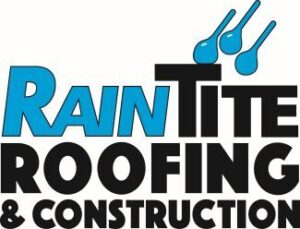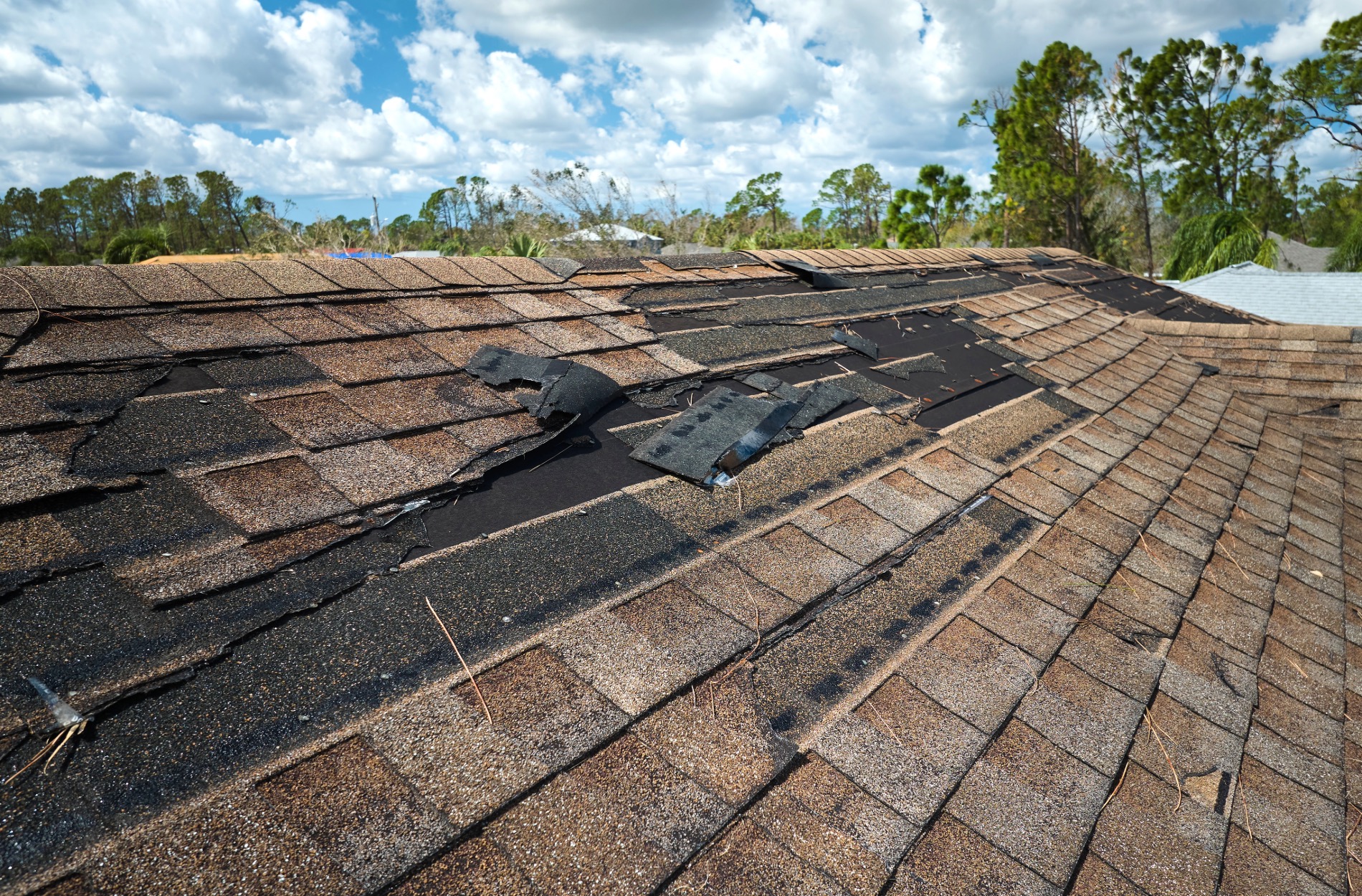Storms can cause significant damage to your roof, leaving your home vulnerable to leaks, mold, and other issues. Knowing how to spot storm damage early can help you take action quickly and prevent further problems. Timely identification and repair of storm damage can save you money and keep your home safe and sound.
After a storm passes, it’s essential to inspect your roof for any signs of damage. Even minor issues can escalate if left unnoticed. By knowing what to look for, you can address the damage promptly and maintain the integrity of your home. This article will guide you through the steps to identify various types of storm damage.
We will discuss how to spot shingle damage, inspect gutters and downspouts, check for structural damage, and what to do after you’ve identified storm damage. Each section will provide you with practical tips and insights to help you protect your roof and home from the effects of severe weather. Understanding these essential tasks will empower you to take control of your roof’s health and ensure your home remains protected.
Signs of Shingle Damage
After a storm, one of the first things to check for is shingle damage. Damaged shingles can lead to leaks and other problems if not addressed promptly. You might notice shingles that are cracked, curled, or even missing altogether. These are clear signs that the storm has taken a toll on your roof.
Take a close look at the edges of the shingles. Granules that are worn off and found in your gutters or at the base of downspouts are a sign that the shingles are deteriorating. Shingles with missing granules or that look smooth in spots can’t protect your roof as effectively. Also, watch for any shingles that appear darker or wetter than others, as they could indicate moisture is seeping through and causing problems.
If you have access to your attic, check the underside of the roof for any water stains or damp spots. These signs often mean that the shingles are compromised and water is making its way inside. Acting quickly on these symptoms can help prevent extensive damage to both your roof and the interior of your home. Always keep an eye out for these clear indicators of shingle damage to maintain the integrity of your roof.
Inspecting Gutters and Downspouts
Inspecting your gutters and downspouts after a storm is essential for preventing water damage. Gutters and downspouts direct rainwater away from your roof and foundation, so any blockages or damage can cause water to back up and potentially harm your home.
Start by checking for any visible blockages, such as leaves, twigs, or other debris. These can clog your gutters and prevent them from functioning correctly. If water isn’t flowing freely through the gutters and downspouts, it can pool on the roof, leading to leaks and water damage.
Next, look for any signs of physical damage. Dents, cracks, or sections that have pulled away from the roof are all potential problems. Make sure the gutters are properly secured and that all brackets and supports are intact. Damaged gutters can’t effectively channel water away, making it easier for rain to seep into the roof or the foundation.
You should also notice any rust or corrosion, especially in older systems. Rust can weaken the gutters, causing them to fail over time. Performing a thorough inspection and cleaning right after a storm helps ensure your gutters and downspouts are in good working order, reducing the risk of water damage to your home.
Checking for Structural Damage
Assessing for structural damage after a storm is crucial for the safety and stability of your roof. Structural damage goes beyond the surface and can affect the entire framework supporting your roof. Start by examining the roof decking visible from the attic. Any signs of sagging, cracks, or separation in the beams can indicate significant structural issues.
You’ll also want to look for water stains or damp areas in the attic, as these can signal leaks that have penetrated the roof’s surface and reached the supporting structures. Check the walls directly beneath the roofline for any cracks or bulges, which can also be symptoms of compromised structural integrity.
Another important area to inspect is around the chimney and roof vents. Look for signs of separation or gaps between these structures and the roof, as strong winds and heavy rain can cause them to shift. Pay attention to any unusual noises, such as creaking or popping sounds, which might indicate that the roof’s support system is under stress. Spotting these issues early allows you to address potential dangers before they compromise the entire roof system.
What to Do After Identifying Storm Damage
Once you’ve identified storm damage, taking immediate action is essential to prevent further problems. Here are the steps you should follow:
1. Document the Damage: Take clear photos and notes of all the damage you find. This documentation will be important for insurance claims and any necessary repairs.
2. Temporary Repairs: If it’s safe to do so, make temporary repairs to prevent further damage. For example, cover any exposed areas with a tarp to keep out rainwater.
3. Contact Your Insurance Company: Report the damage to your insurance company as soon as possible. Provide them with your documentation and follow their instructions for filing a claim.
4. Hire a Professional: Find a trusted roofing contractor to assess the damage and provide a detailed estimate for repairs. Professional help ensures that all issues are properly addressed and repairs are done correctly.
5. Schedule Permanent Repairs: Once your insurance claim is processed, schedule the necessary repairs promptly. Delaying repairs can lead to more extensive damage and higher repair costs.
Following these steps helps ensure that your roof and home are protected and that you address all storm damage effectively. Acting quickly and efficiently can save you time, money, and stress in the long run.
Conclusion
Spotting storm damage on your roof quickly can make a big difference in maintaining the health and safety of your home. By regularly checking for signs of shingle damage, inspecting gutters and downspouts, and evaluating the structural integrity of your roof, you can catch problems early and take appropriate action.
By following the steps to document the damage, making temporary repairs, and contacting your insurance company, you can mitigate further issues and save yourself from costly repairs. Hiring a professional roofing contractor is crucial for accurate assessments and high-quality repairs.
Protect your home by staying vigilant about your roof’s condition after every storm. For expert storm and hail damage roofing services, contact RainTite Roofing & Construction today. Our team is ready to help you repair and maintain your roof, ensuring your home stays safe and secure. Call us now to schedule your inspection or consultation.

